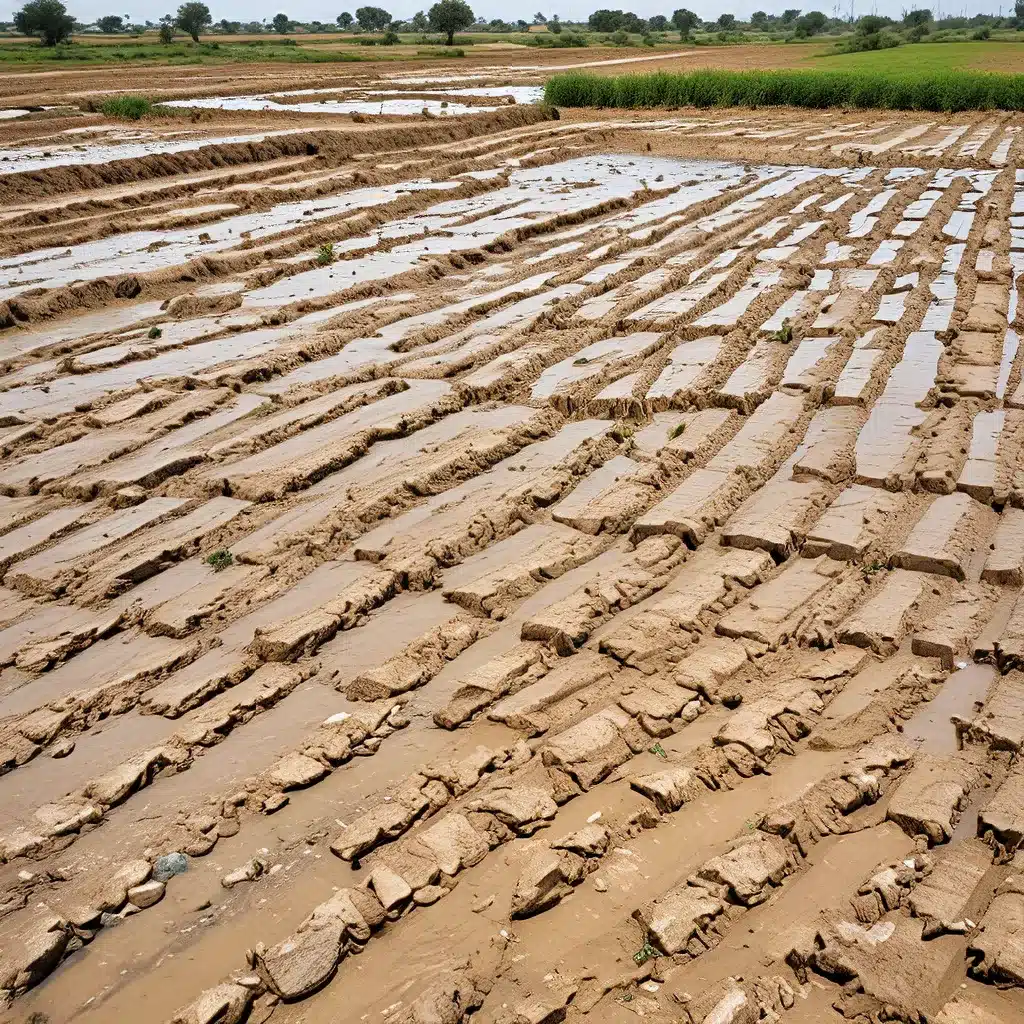
Uncharted Waters: Navigating the Global Water Crisis
As I gaze out over the shimmering expanse of our planet’s waterways, I can’t help but feel a sense of both wonder and worry. On one hand, the sight of pristine rivers, cascading waterfalls, and vast, azure oceans fills me with a deep appreciation for the natural beauty that surrounds us. Yet, on the other hand, the growing threats to our water resources – from pollution and scarcity to inequitable distribution – leave me deeply concerned about the future.
It’s no secret that the world is facing a global water crisis of unprecedented proportions. According to the United Nations, more than 2 billion people lack access to safe and affordable drinking water, while over 4 billion experience severe water scarcity for at least one month per year. The UN estimates that by 2050, as many as 5.7 billion people could be living in areas with inadequate water supplies. This bleak scenario paints a stark picture of the challenges we must confront to ensure a sustainable water future for all.
But I refuse to succumb to a sense of hopelessness. Instead, I’m driven by a fervent belief that through innovation, collaboration, and a shared commitment to environmental stewardship, we can transform the way we manage our water resources and create a more resilient, equitable, and sustainable world.
Embracing Nature-Based Solutions
As I delve deeper into the complex web of water-related challenges, I’ve become increasingly fascinated by the potential of nature-based solutions (NbS) to revolutionize our approach to water management. These innovative, ecosystem-inspired interventions offer a refreshing alternative to the traditional, often energy-intensive and environmentally-taxing methods of the past.
The European Union has embraced NbS as a central pillar of its water management strategy, recognizing their ability to enhance the sustainability, resilience, and overall health of our water resources. Projects like D4RUNOFF, NICE, and WATERUN are leading the charge, exploring novel technologies and best practices that seamlessly integrate nature into the heart of urban water systems.
I’m particularly intrigued by the concept of green infrastructure – the strategic deployment of vegetation, soils, and natural processes to manage stormwater, filter pollutants, and recharge groundwater. Imagine a city where rooftop gardens, bioswales, and constructed wetlands work in harmony to mimic the natural water cycle, reducing the burden on our traditional, often overburdened, gray infrastructure.
Closing the Loop: Towards a Circular Water Economy
As I delve deeper into the world of sustainable water management, I’m struck by the parallels between the challenges we face and the principles of a circular economy. Just as our linear “take-make-waste” model of resource consumption has proven unsustainable, the traditional approach to water management is in dire need of a rethink.
SUEZ, a global leader in water and waste management, is at the forefront of this shift, championing the concept of a circular water economy. By optimizing water management systems, developing innovative reuse and desalination technologies, and converting sewage sludge into renewable energy, they’re demonstrating that it’s possible to close the loop and create a more sustainable, resource-efficient water future.
Imagine a world where wastewater is no longer seen as a problem to be disposed of, but rather a valuable resource to be harnessed. Where desalination plants harness the power of the oceans to provide clean drinking water to water-stressed regions. Where the very by-products of our water treatment processes are transformed into clean, renewable energy sources. This is the future I envision – a future where water is truly a “precious and valuable” resource, as the EU’s Water Framework Directive so aptly states.
Empowering Local Communities
As I contemplate the vast scale and complexity of the global water crisis, I’m reminded that true, lasting change often begins at the local level. That’s why I’m particularly excited about initiatives like the Sustainable Transformational and Accessible Water Interventions (STAWI) Mashinani program in Kenya.
This USAID-funded program, led by the Millennium Water Alliance, is taking a grassroots approach to water security, empowering county governments and local communities to spearhead the change they wish to see. By focusing on both domestic and productive water uses, the STAWI Mashinani initiative is creating a comprehensive framework for water management that addresses the unique challenges faced by each community.
I’m inspired by the program’s emphasis on “localization” – the idea that sustainable solutions must be rooted in the specific needs and contexts of the communities they serve. This approach not only fosters a greater sense of ownership and investment, but also ensures that the interventions are truly tailored to the realities on the ground.
A Future of Resilience and Prosperity
As I reflect on the wealth of knowledge and innovative approaches I’ve encountered in my exploration of sustainable water management, I can’t help but feel a renewed sense of optimism and determination. While the challenges we face may seem daunting, I’m convinced that by working together – across borders, sectors, and disciplines – we can create a future where water is abundant, equitably distributed, and managed in a way that is truly sustainable.
At Inland Waters, Inc., we are proud to be at the forefront of this water revolution. By embracing nature-based solutions, championing circular economy principles, and empowering local communities, we are committed to transforming the way the world views and manages this vital resource.
Join us on this journey as we navigate uncharted waters and chart a course towards a more resilient, prosperous, and water-secure future for all. Together, we can make a real and lasting difference in the lives of millions around the world.


